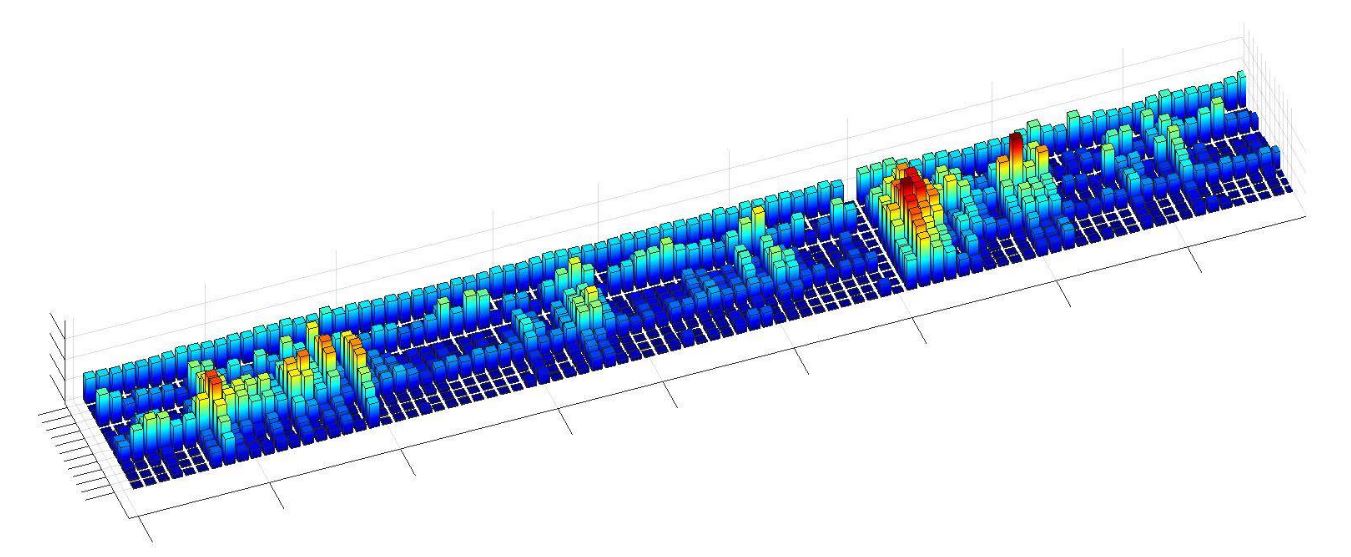A new technique called Fractional Derivative Rate (FDR) published in Space Weather has been used for analyzing fluctuations in the Earth’s magnetic field and found dramatic differences at different latitudes and different times of day.
The northernmost stations were more geomagnetically active at midday, while the activeness at the southernmost stations was highest at midnight. The largest differences between different times of day was observed in the northernmost measurement zone, in the Arctic Circle.
The observation data that was collected in Greenland from 2011 to 2013. The researchers made use of twelve observation stations which all produced high quality measurements at one second intervals. On its north-south axis, the observation station network covered a distance of 2,000 kilometers.

Measurements from Greenland during 2011 January to March, darker colour denotes higher activity. Stations are grouped from north to south. Strong activity can be observed during the beginning of March from most of the stations. Credit: 10.1029/2018SW001841
The Fractional Derivative Rate calculates for each day a percentage which indicates how often the activeness of the magnetic field has reached a level of 0.2 nT/s (nanoteslas per second) on that day. This value corresponds to the typical initial stage of a substorm, which is one of the most common space weather phenomena.
Citation: Peitso, P., Tanskanen, E. I., Pulkkinen, T. I.,&Mursula, K. (2018). High-frequency geomagnetic fluctuations at auroral oval and polar cap. Space Weather, 16, 1057–1072. https://doi.org/10.1029/2018SW001841





Comments